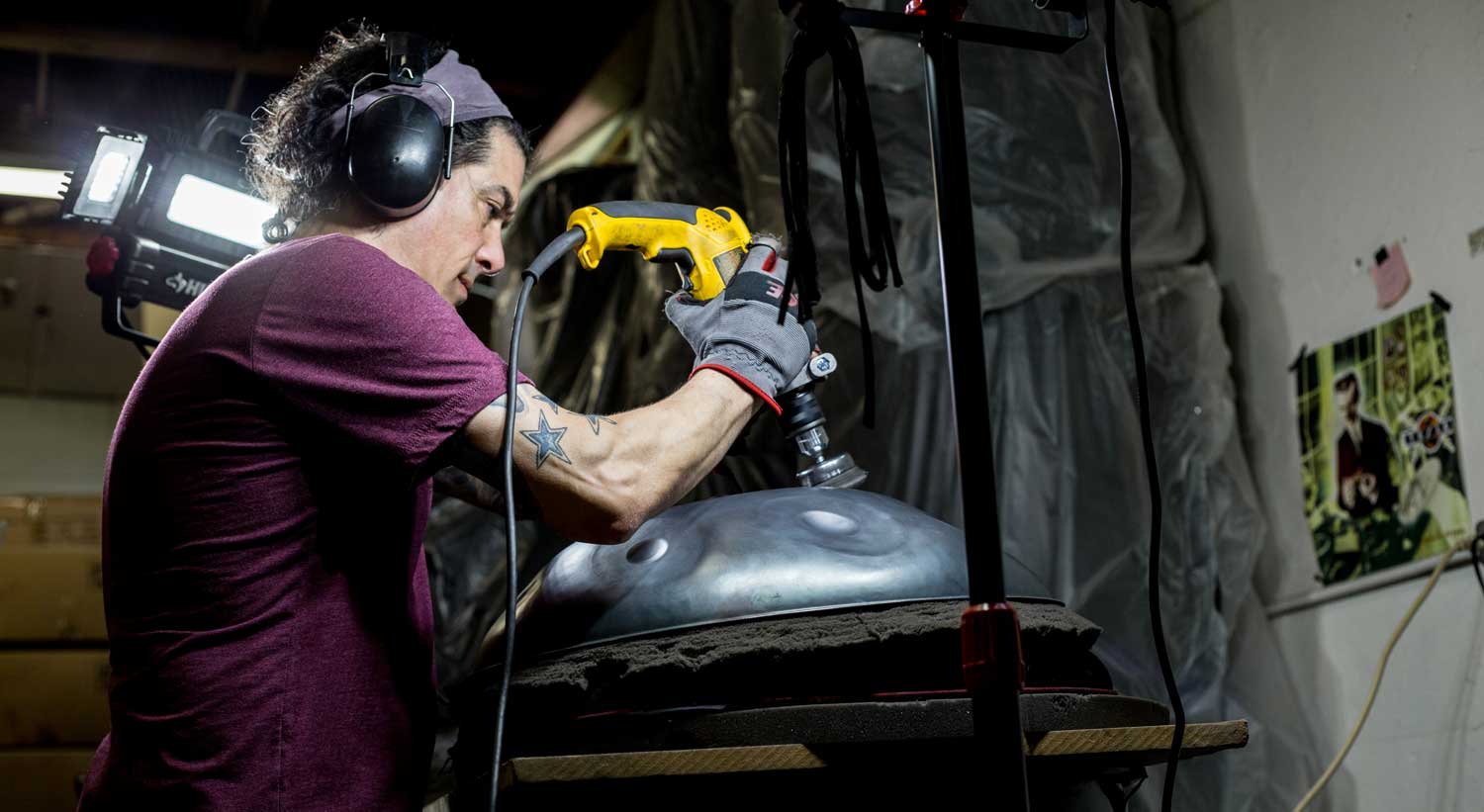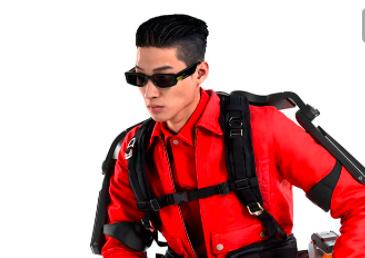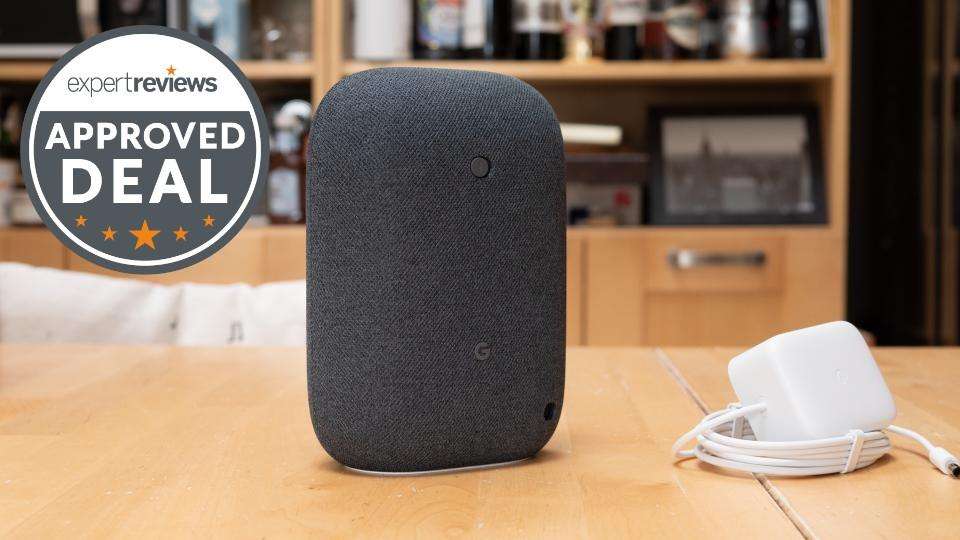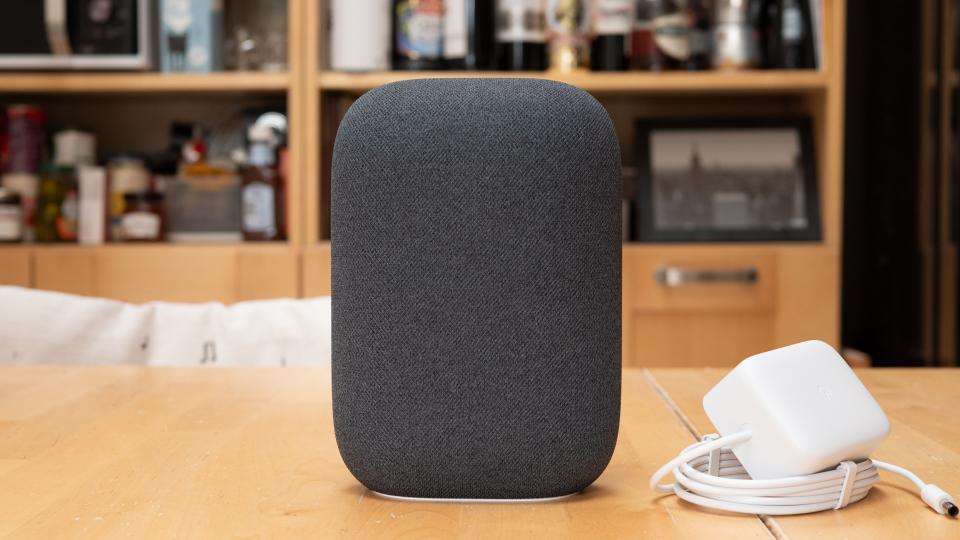LandscapeLightingProducts.com
Laser lights are lightweight and compact, easily and instantly projecting points of brilliant color. Just plug in your laser light and point it at any surface (except the sky if you’re near an airport)!
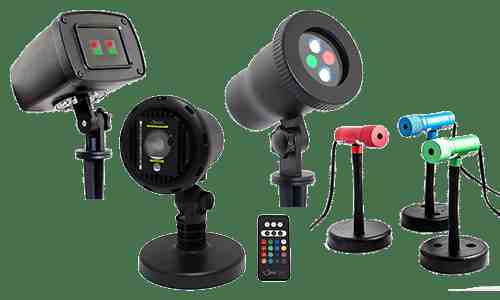
Save on electrical costs by using way less energy than traditional string lights.
Laser lights are perfect for Christmas light decoration, DJ accessories, weddings, parties, pool, patio and garden.
Laser Christmas Lights
A laser projector's distance to an object will change the look and size of the laser point pattern, which means you can easily customize the look of your lasers. The closer you place your lasers to an object, the denser your laser points will be. The further you place your laser from an object, the wider the laser points become and the larger the entire laser display will be.
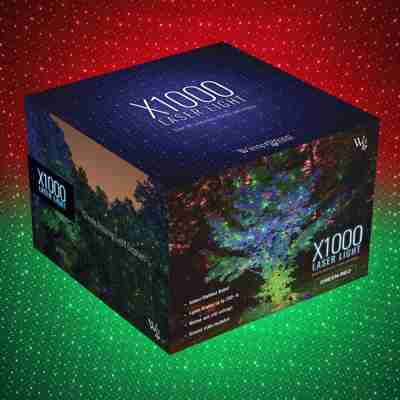
A laser projector placed 10 ft. from a wall will emit laser points onto the ground as well as spanning 30-60 ft.+ across the wall. However, the most visible laser light points will be within about a 30 ft. span directly in front of your projector. The X500 and X1000 emit laser points at a very wide angle, which is why laser points can span up to 60 ft. wide when only 10 ft. from a wall. However, the laser points at the far ends of the display have much more space between them.
Projecting Lasers onto Bushes and Small Trees
If you are using your laser projector on small bushes or trees you can place the projector closer to achieve a denser laser point pattern. Simply move your projector closer or further from the bush or tree to get the look you think is best. Laser projectors can also be placed right next to large tree trunks and angled up the tree to create the look of tree wrap lights.
Projecting Lasers onto Tall Trees
The X500 and X1000 can both project laser points to the top of trees 100 ft. tall but the laser projector must placed 25-30+ feet away from the tree in order to achieve the best angle for the tree top.
Projecting Lasers onto a House
Laser lights look great on homes, roof tops and along walls and you can place them virtually anywhere to achieve different and creative looks. For example, laser lights can be placed very close to walls and angled up the wall to create unique patterns. Or, they can be placed further away from the house to cover larger sections of the structure. Different color laser lights can also be overlapped onto different surfaces to create amazing color displays.
U.S. laser laws and regulations
This guide is to be used for reporting laser light shows or displays incorporating Class IIIb or Class IV lasers only. Separate reports are not required for shows or displays that incorporate Class I, IIa, II, or IIIa laser projection systems. Such show descriptions must be included in the user instructions and the report for the laser projector.

Laser projectors used in any light shows or displays regardless of the class of the projector must be certified by the manufacturer and reported using the guide titled, "Guide for Preparing Laser Product Reports for Lasers and Products Containing Lasers," HHS publication FDA 86-8259. These guides assist manufacturers in providing the information that the Center for Devices and Radiological Health (CDRH) needs to determine how laser light show projectors and laser light shows comply with the Federal standard for laser products (21 CFR 1040.10 and 1040.11) and with the conditions of and an approved variance.
An approved variance from section 1040.11(c) is required for demonstration laser products (including projection systems and shows) that would be Class IIIb or Class IV. Applicable reports and application forms must be submitted and the variance approved by CDRH prior to the sale, lease, or use of a Class IIIb or IV projector or laser light show.
A report is to be submitted for each unique laser projector, light show, or display. If you later plan to add effects to a previously reported show or introduce a material change in the show, auxiliary projection equipment, or projector, you must submit a supplementary report describing the additions or changes. If you plan to introduce a projector or show that is substantially different, you must submit and an additional laser product or light show report.
If you are the manufacturer of the projector and a Class IIIb or IV light show, then the general laser product reporting guide must be used to provide a complete report on the whole projection system and this laser light show guide to describe all the effects. In the Laser Product Report you would identify the projector, including auxiliary components in the projection system, and describe any aspects of the design of those components that satisfy a requirement of the variance or the standard.
If the projector or projection system was purchased and is certified by its manufacturer, you may provide information concerning the projector by reference to the manufacturer's report on the projector, specifying the model number, model name, and the CDRH accession number of that report.
However, if you have modified the projector (changed the protective housing, interlocks, apertures, installed lasers of a different class, added remote controls, etc.) or added auxiliary equipment such as mirrors, mirror balls, fiber optics, remote scanners, projection screens or other surfaces as targets, etc., the modified projection system must be reported by you, using the general laser product reporting guide. As above, the projector manufacturer's report may be referenced for any items of information that were not affected by your modifications.
A Laser Product Report or Supplemental Report must be submitted prior to introduction of changes. In addition, you should check your variance approval letter, specifically paragraph D and the conditions in any attachments, before you produce new shows to be certain that your variance allows the proposed changes. If it does not, then you must apply for and receive an approved amendment to your variance prior to introducing your new show or projector into commerce.
Your variance will be approved for a specific period of time. If you wish to produce shows after the expiration date, several months prior to its expiration date you must request an extension in writing. Variance extensions and renewals are subject to the adequacy and timeliness of all required reports, show notifications, and recordkeeping. Noncompliances in your shows, projection equipment, or quality control records would be grounds for denial of your request, or further regulatory actions.

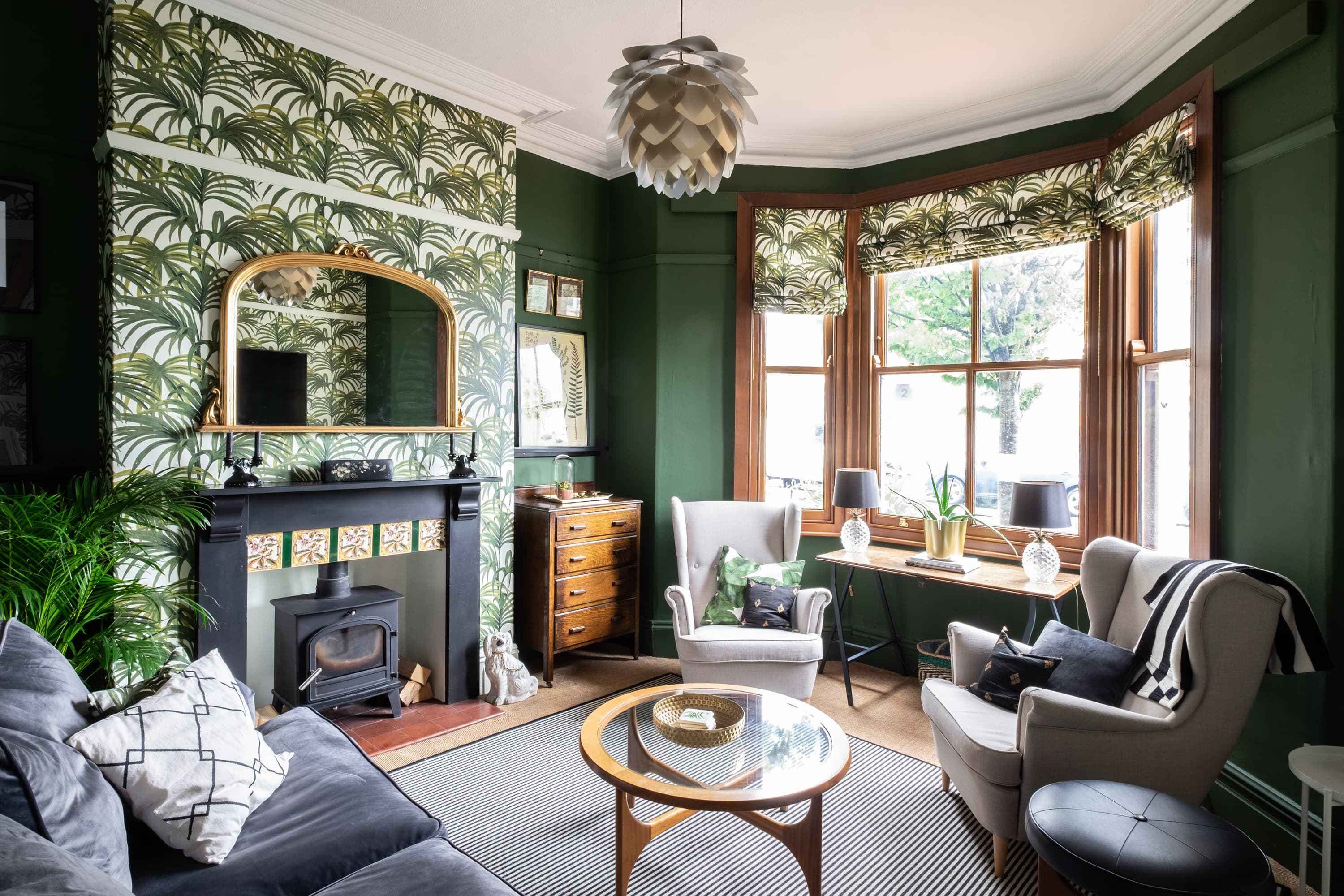
![31 Best IPTV Services for FireStick, Android TV, PC [Dec 2021]](https://www.lampsofbible.com/storage/upload/Images/_1639646173_nXrO23JGnM.jpg)
